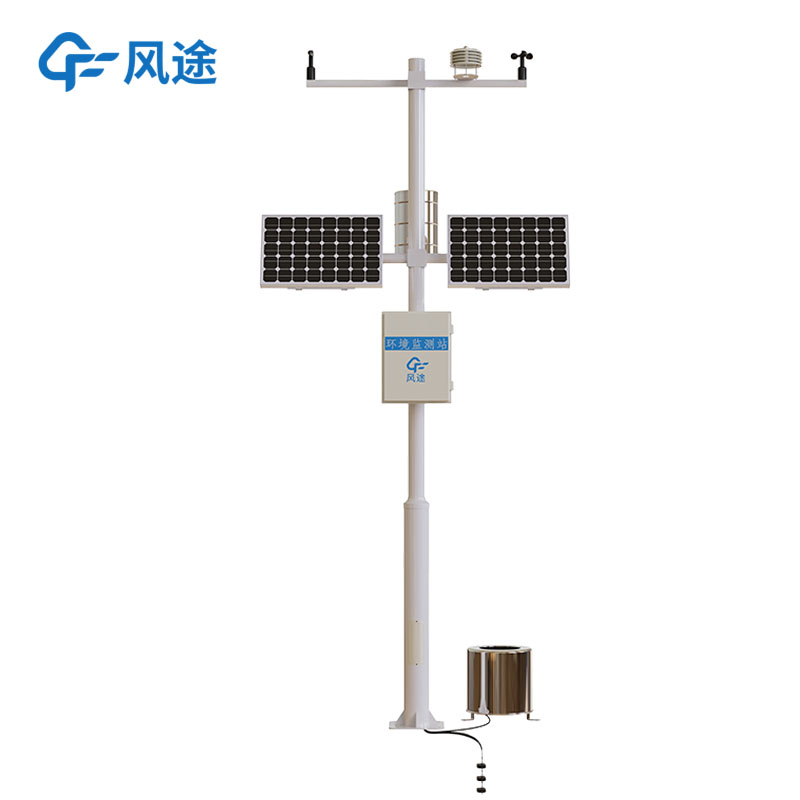Agricultural meteorology is of great significance. Crops need to complete their growth and development under certain meteorological conditions. Appropriate meteorological conditions serve as the foundation for the normal growth of crops, and any abnormal changes in meteorological conditions may have adverse effects on crops.
Unfavorable weather is prone to causing catastrophic losses in agriculture. For instance, chilling injury, freezing injury, and frost can severely damage certain tissues of crops, leading to reduced yields or even total crop failures. Drought and dry - hot winds can cause water shortages in both the soil and plants, and dry air can exacerbate the disaster. When hot - dry winds occur, they can affect the normal growth and development of crops, resulting in reduced yields or even the death and total loss of crops. Long - term heavy precipitation and floods triggered by typhoons can be a devastating disaster for crops.
All these fully demonstrate that meteorological conditions are closely linked to agricultural production. Good agricultural meteorological conditions are a crucial factor in ensuring the growth of crops and a bountiful harvest. Paying attention to agricultural meteorology and taking corresponding preventive and response measures are important for preventing farmers from suffering heavy losses and safeguarding their hard - earned fruits of labor.
Agricultural Weather Stations can monitor various meteorological elements in real - time, such as temperature, humidity, wind speed, precipitation, etc. Through the accurate collection and analysis of these data, it can issue early warnings of meteorological disasters. For example, before the arrival of cold air, the weather station can monitor the downward trend of temperature and thus promptly remind farmers to take measures to prevent chilling and freezing injuries, such as the smoking method and the covering method. Before the arrival of the drought period, Agricultural Weather Stations can, by monitoring precipitation data and soil moisture information, prompt farmers to make advance irrigation arrangements or adopt water - saving measures. When typhoons and floods are likely to occur, through the monitoring of rainfall and wind speed, it can also provide data support for flood - control work in water conservancy projects such as the construction of reservoirs and dams and the establishment of a reasonable drainage and irrigation system. The data provided by Agricultural Weather Stations can help farmers scientifically arrange farming activities, precisely respond to meteorological changes, minimize the adverse effects of meteorological disasters on agricultural production, and ensure the growth of crops and the stable harvest of agriculture.

Article address:https://www.sqqx.net/en/news/519.html

 +86 15898932201
+86 15898932201



